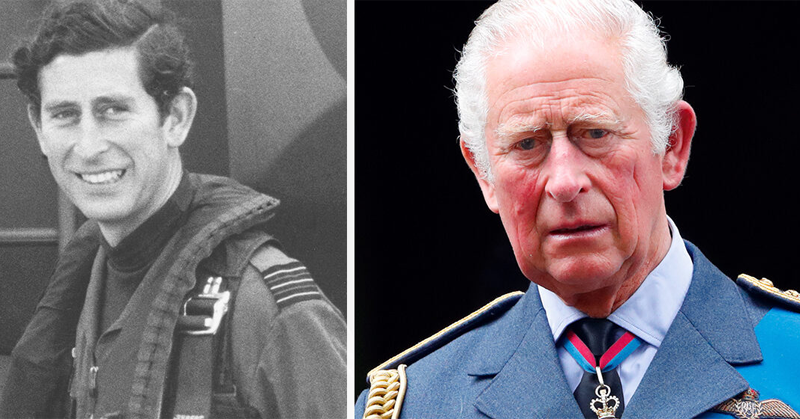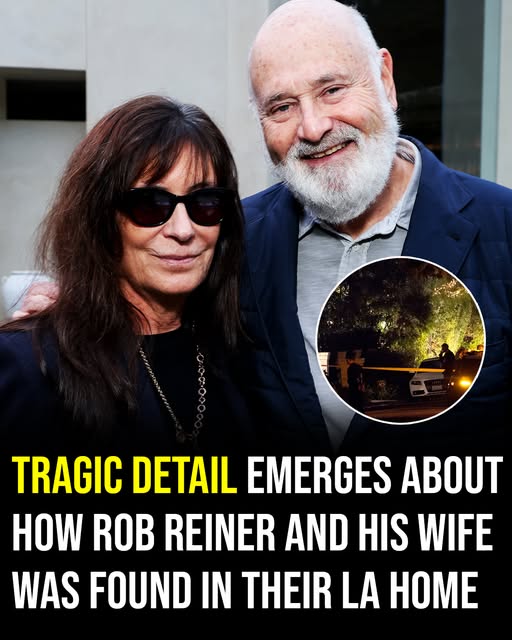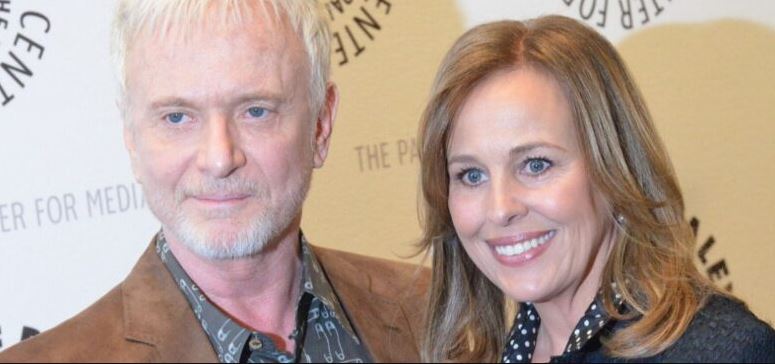It’s a long-standing tradition that the British monarch, along with the senior members of the royal family, have connections with the armed forces, and King Charles is certainly no exception. Over the years, he has served both in the Royal Air Force and the Royal Navy, holding the prestigious position of the military’s Commander-in-Chief.
During his time at Cambridge University, King Charles developed a deep love for flying, much like his father. As he honed his skills through flying lessons, he soon became a pilot, often flying himself to fulfill his royal obligations.
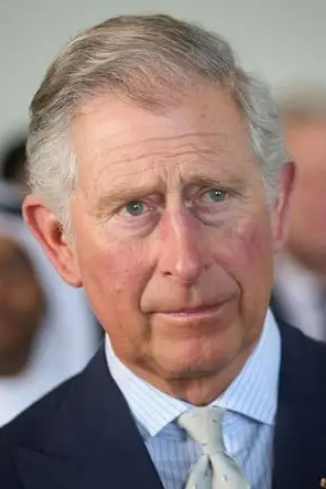
“Our camaraderie was one for the books. Whenever weekends rolled around, he’d casually call requesting some flying time. His passion for aviation saw him join us as often as he could, even during our training summer at Aberystwyth. There, we’d fly, hike, and even go fishing together. It was truly memorable,” recollected Philip Pinney, who taught Charles to fly.
As Charles commenced his training at RAF College Cranwell, Squadron Leader and future Air Chief Marshal, Sir Richard Johns, took on the role of his instructor.
“Training pilots requires trust, and Prince Charles did not disappoint. He showed a natural flair and quickly grasped the essentials. His dedication to learning made him an exceptional student. His determination was commendable; failure wasn’t an option for him,” Sir Johns shared.
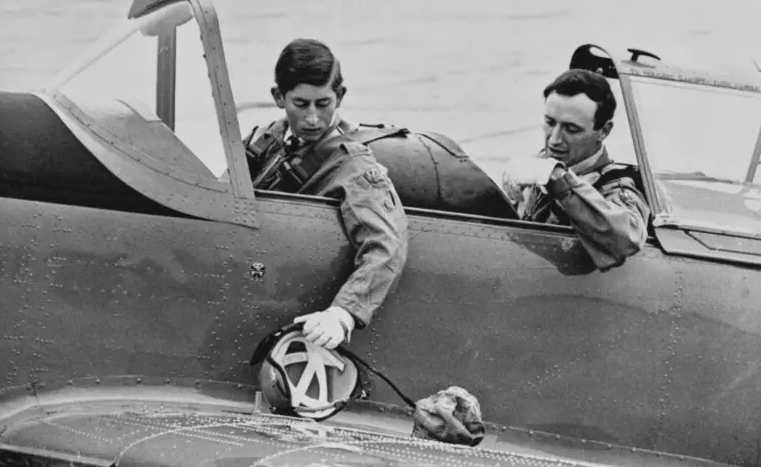
1994: A Flight That Changed Everything
1994 marked a turning point in Charles’s flying journey following a distressing incident.
But his brush with danger wasn’t entirely new. Rewind to October 1982, when the famed Mary Rose ship from Henry VIII’s era was being retrieved from the ocean floor where it had rested since a historic battle. A history and ship enthusiast, Charles was keenly interested in witnessing the event.
“Navigating through the murky waters of the Solent felt like swimming in lentil soup. Visibility was near zero until your surroundings were right in front of your nose,” Charles reminisced in 2014 at a gathering in Portsmouth Historic Dockyard, Hampshire.
“The underwater expertise of the archaeologists was something I was in awe of,” he added.
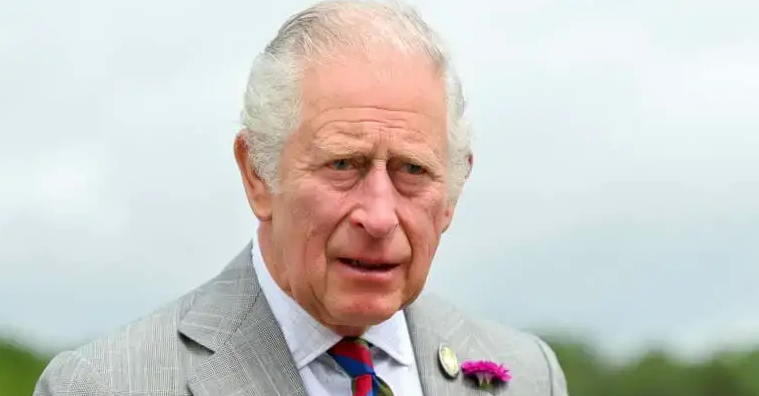
Despite adverse conditions, Charles urged the team to push on with their mission.
Reflecting on the event, Charles said, “The sound of the chains crashing down is unforgettable. I felt responsible, but the risk was justified as we now have this remarkable piece of Tudor history.”
After the ship’s recovery, Charles was slated to board its remnants. Due to safety concerns, it was deemed too risky. As fate would have it, a towering crane named Tog Mor, which translates to “big lift”, malfunctioned. The mishap nearly damaged the ship’s hull where Charles would have stood.
Jack Frost, a participating Royal Engineer, recounted in “Raising the Mary Rose: The Lost Tapes”, “The potential tragedy of losing the future king on live TV would have overshadowed the recovery. An eerie silence swept the site, breaking only after the longest ten seconds of our lives.”
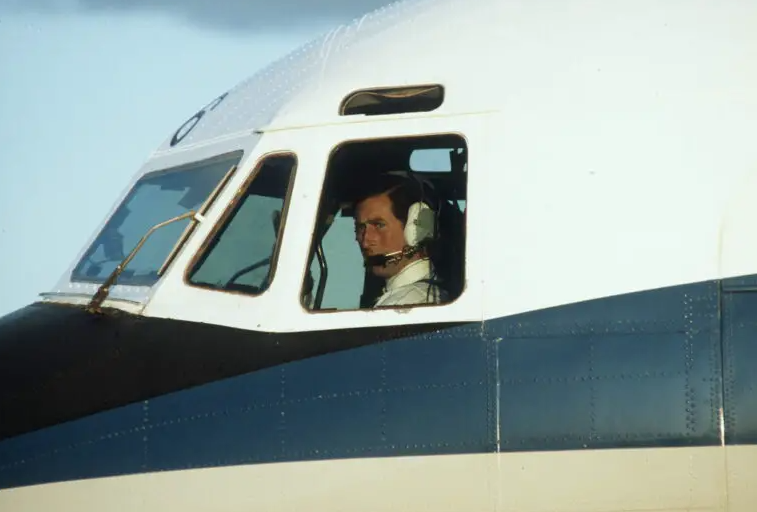
Another Close Call in 1994
The incident in 1994 during his approach to Islay for an official visit to Scotland offered Charles another brush with danger. He was given the opportunity to land a Queen’s Flight passenger jet. But as the jet neared the runway, it was moving too fast, leaving little room for safe braking. The pilot took drastic action to prevent it from veering off the runway.
The abrupt halt caused three tires to burst, with the jet narrowly stopping 60 feet from a 14-foot stream drop-off.
“Not quite a crash, but definitely more than a smooth landing,” Charles reflected.
Recounting the sequence, former RAF Squadron Leader Graham Laurie remarked, “We were jostling on the runway, unaware that the main wheels hadn’t fully touched down. By the time I intervened, sliding off was inevitable.”
“In hindsight, a different approach or an overshoot would’ve been safer. I instructed him to land, so Charles merely followed protocol.”
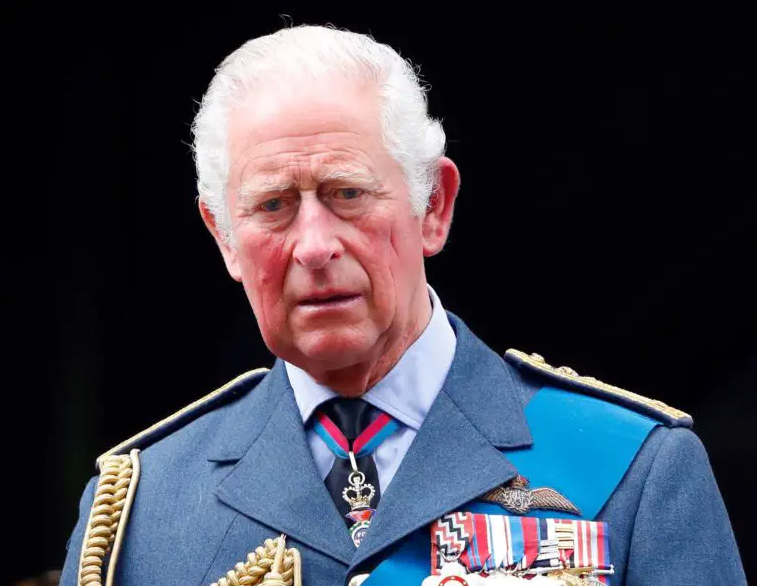
Though Laurie faced professional repercussions, Charles was absolved of any blame. The event cost over £1 million in damages to the aircraft, but thankfully, no injuries occurred.
A year post-incident, Charles quietly renounced his flying license, though never explicitly tying this decision to the event.
